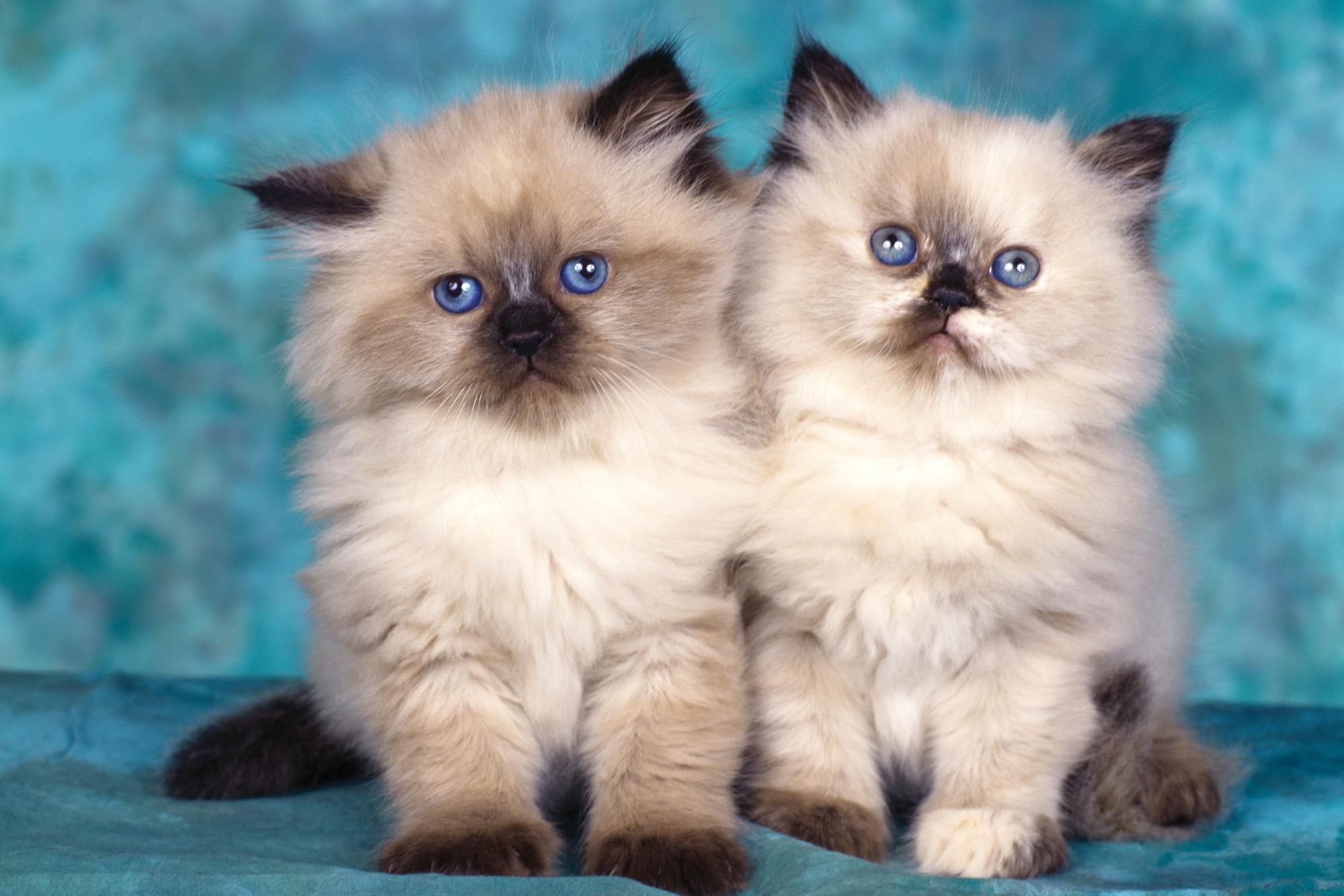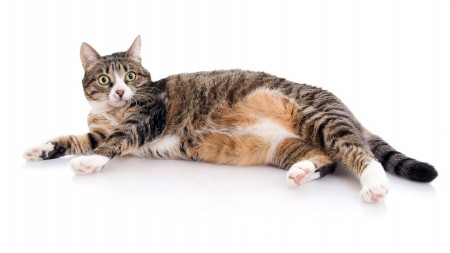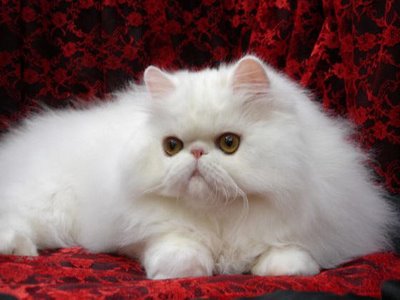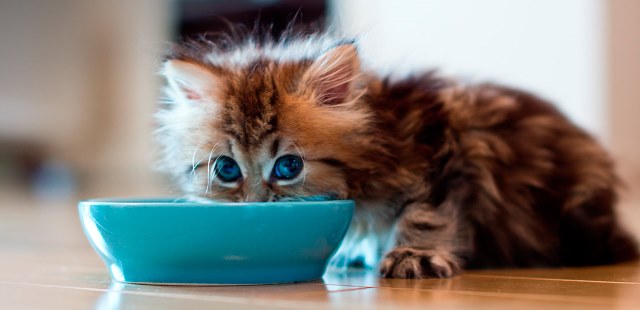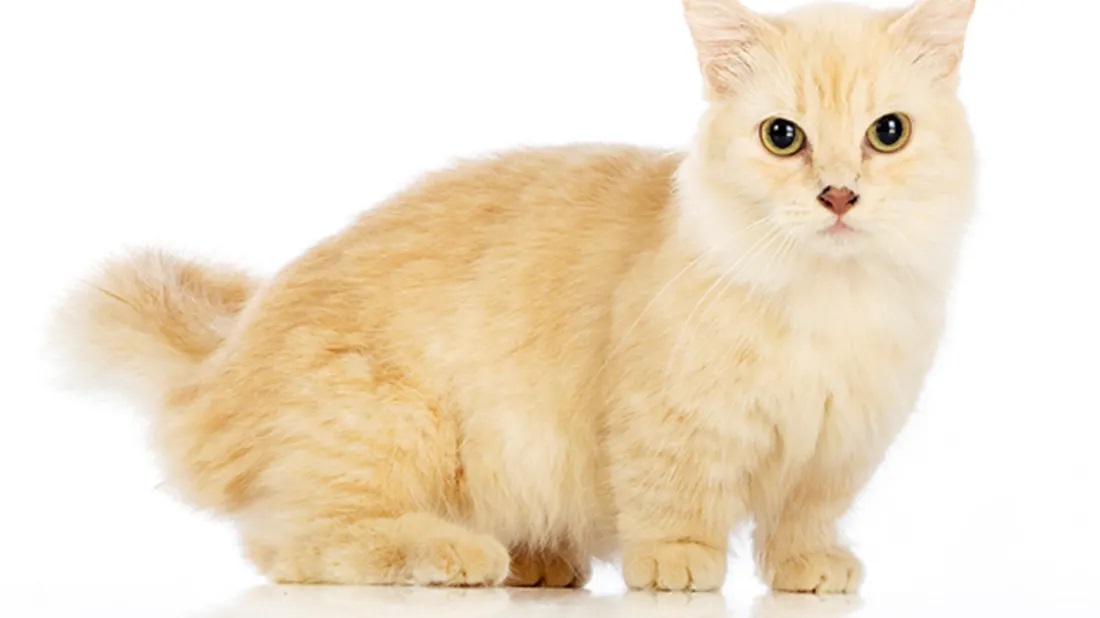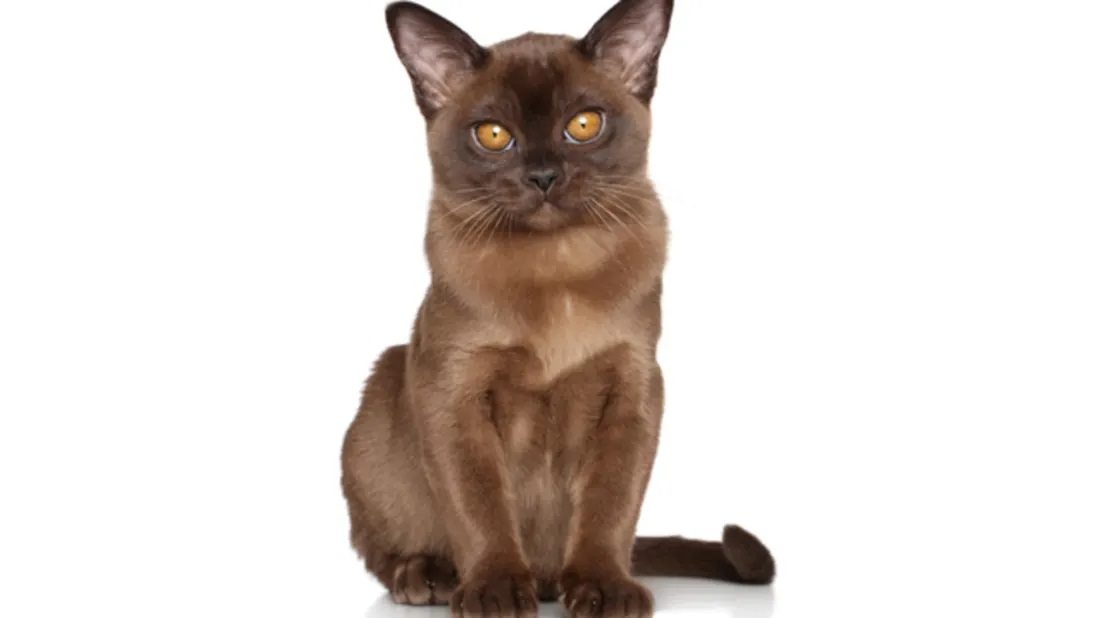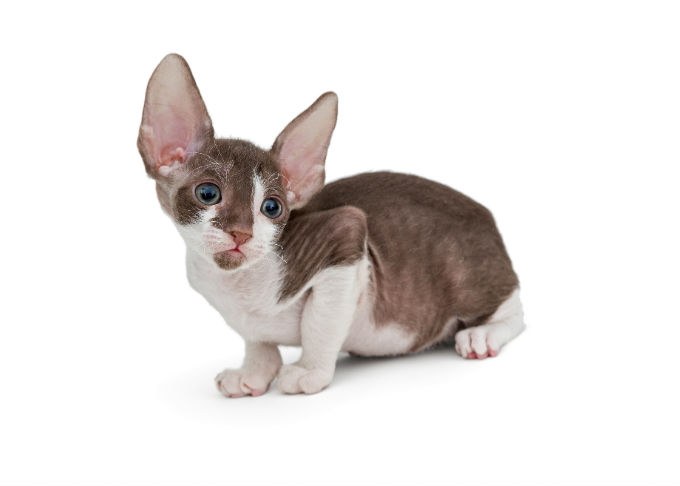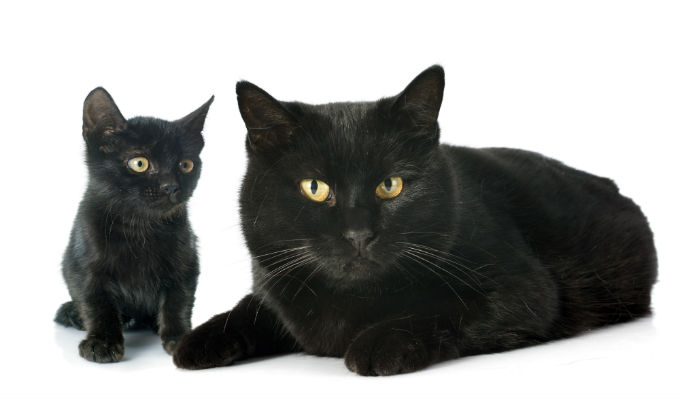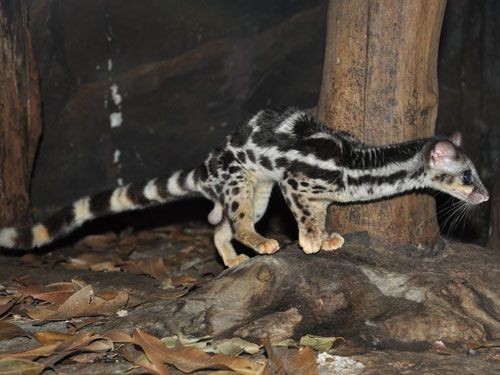How to know the age of your cat
The cat has multiple names, including the pussy, and the dress, which is one of the most pets raised by humans in his home, for many reasons, including cleanliness, appearance, love for fun and play, and easy training in the behavior of life with humans. Today, domestic cats live and settle around the world, and there are hundreds of varieties, but all of them are scientifically classified under one species, the domesticated cat.
It is believed that the relationship between humans and these animals began 4,000 years ago in ancient Egypt, where the ancient Egyptians were trained to chase harmful mice crops and hunting, and the role of cats in human culture has grown over the ages to become one of the closest living organisms to man.
Cats are mammals of the feline family. Their body is covered by fur, the senses of smell, sight and hearing are extremely sharp and have the ability to see at night thanks to a reflective layer behind their eyes. An adult cat weighs two to four kilograms, and its nose is delicate. On the skin of the nose, there are lines that resemble a human fingerprint that distinguishes the cat from the other. It travels four feet, and the front feet are shorter than the back, moving the right and left sides together. The sound of a cat is called a meow.
Cats feed mainly on the meat of raw animals, whether from birds, reptiles, rodents or fish, as well as cattle meat provided to them by humans, and are highly skilled in hunting; they can use their teeth and sharp claws to kill many small animals, and help them Her body is also flexible to hunt; she is flexibly capable of climbing, jumping and crossing through holes smaller than her size and has a long tail. The cat reaches maturity at nine months, and at mating the female carries for about two months and gives birth to three to eight puppies at a time. Five to seven months of age.
How to determine the age of your cat
There are several ways in which a cat can be used to find out its age, all of which give an approximate age. They are not completely accurate, but the most important is to study the cat’s tooth composition. Many people do not know that cats are born without teeth, and after a week of birth milk teeth begin to appear, and after a few months begin to replace them as it happens in humans; they fall one by one to be replaced by permanent teeth, and the number of milk teeth in the cat’s mouth 26 They are 30 years old, and are divided into incisors, fangs, premolars and molars.
Dental examination is the most effective and reliable means of testing the age of the cat, it is still in the stage of growth and development in young cats, while in the stage of wear and fall in older cats.
However, two important issues need to be considered when trying to estimate a cat’s age based on the condition of his teeth. The first is that if the animal is cared for and taken to the veterinarian repeatedly, his teeth will be much better than they are, and his age will be underestimated. .
The second issue is that the condition of the teeth may vary between the cat and the other even if they are the same age, so they remain purely an approximate indicator. [3] Dental monitoring can estimate the age of the cat as shown in the following table:
Age Description Week There are no teeth in the mouth. 2 – 4 weeks Milky incisors begin to appear.
3-4 weeks Milky fangs begin to appear.
4-6 weeks Lactic premolars begin to appear.
8 weeks complete growth of milky teeth. 3 – 4 months permanent breakers begin to appear.
4 – 5 months Fangs, premolars and molars begin to appear instead of milk teeth.
5 – 7 months of permanent teeth growth.
A bright, clean, full-blown tooth tooth.
1-2 years of yellowing and calcification of molars.
3 – 5 years calcification begins to appear on all teeth with the possibility of corroded teeth.
5 – 10 years Increased calcification and erosion of teeth and the appearance of dark colors on the teeth stretching the gums.
10 – 15 years Corrosion in teeth intensifies and missing teeth may appear.
Cat fur monitoring helps to estimate the age of a cat because it develops as the cat ages. The following table shows the stages of fur development in cats:
Classification A young young pyramid aged less than 9 months from 9 months to 10 years older than 10 years Description Fur is as soft as fluff and has some viscosity, and its color is light. More coarse, oily matt, darker, and clean.
Gray hair appears in the cat’s fur, and the cat neglects to clean itself, showing lumps and knots in the fur.
Cats’ claws Cats can be distinguished on the basis of youth and pyramid.As the cat ages, its paws become coarser, grow taller, dead skin builds up around them, and some cats become unable to hide their paws.
One of the signs of the pyramid is claw breaking and weakness.
Cat’s activity rate As the cat grows older, its activity and love for playing in general becomes less, its ability to hunt weakens, sleeps longer, and even its appetite for food is significantly reduced.
Sexual maturity is also a key indicator of age, especially for younger and older cats.
Adult cats are also interested in defending their areas and leaving signs of urine and claws around their borders to warn rival cats from approaching.


